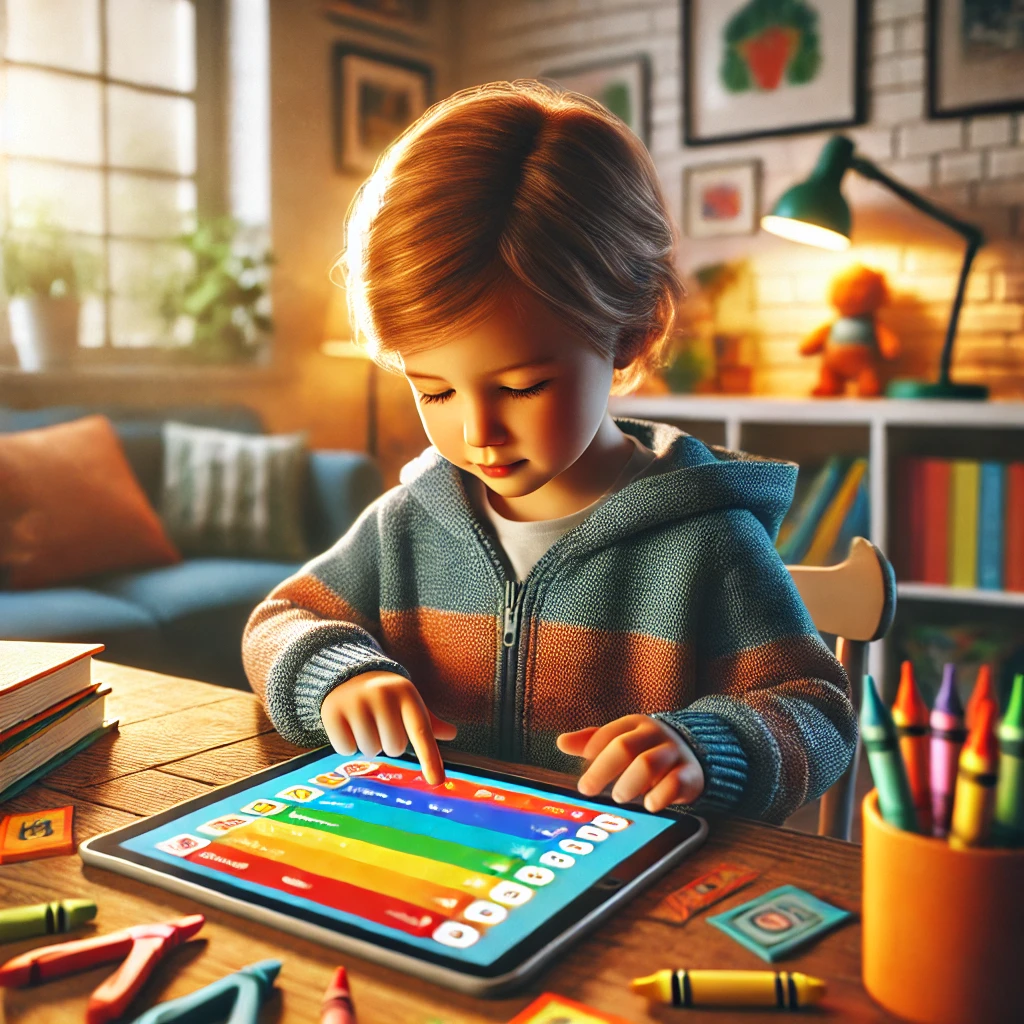Introduction
In current systems and especially for young students , technology remains a critical tool which guides the kind of education they are exposed to. That arises from the fact that reading and writing abilities are benchmarks for all young children, and teaching features that expand the abilities through technological advancements is promising and modern. Parents, teachers and researchers have been eager to find out how the above technologies promote literacy among the young learners. Understanding the various features of early literacy technology, this article looks at benefits, kinds and things to look at when using technology in early literacy.
The Role of Technology in Literacy Development
There are many new resources through technology to aid in teaching reading and writing to the children. The employment of the interactive applications, e-Reader and voice recognition applications facilitates teaching and learning which is flexible and comprehensively tuned to the individuality of each learner. They are for learners with different learning rates as they enable children to understand concepts according to their convenience.
Popular Tools for Early Reading
There are several learning resources that can help young readers effectively; These include Ebooks with narration, phonics based learning apps and interactive games. These tools are generally, animations, sounds, and quizzes, which will make the kids very much interested, while at the same time learning the basics of language. Such technologies also help reluctant readers by making learning as a fun activity to carry out.
Writing Assistance for Beginner
That is why applications aimed directly at developing writing skills can help a person be creative and practice. Games involving spell check, writing, and tale writing help the child to learn how he/she can compose sentences and ideas. These features are especially beneficial in placing confidence among the youthful writers.
Benefits of Technology in Literacy Education
Technology brings a diverse way of making literacy education open to many. Special education tools guarantee everyone a fair chance and this is true since the technology was set with children having learning disabilities in mind. Further, they provide efficient means to track the progress hence the parents/teachers enjoy detailed data insights. This makes the learning process unique in every child since their needs are very well met.
Challenges of Integrating Technology
As much as the technology is seen to have an advantage, it also has its own disadvantage as will be seen. In our current society children spend many hours in front of screens which are unhealthy and hinder their developmental process. Furthermore, not all families are equipped with the new tools hence social inequality in the community. Teachers need to find the ‘sweet spot’ in your classroom between both physical methodologies and technology training.
Best Practices for Using Technology
However, technology should not supplant traditional means of intercourse as a technique of academics. It is left to parents and teachers to choose correct communicational tools according to an age factor and control usage. Such activities as reading together using the app, shared writing of stories, take advantage of the technology in conjunction with social aspects.
The Future of Literacy and Technology
In the future, with the help of technologies and innovative practices like artificial intelligence and virtual reality, the hope for enhancing literacy education will arise. Smart tools in the fields of education are introducing individualisation in the actual lessons, whereas VR creates actual reading experiences. They are trends that are poised to revolutionize how children learn and interact with learning approaches, especially concerning literacy in the next few years.
Conclusion
Emergent literacy specific technology has eased the learning process for children in early days of school. With the help of using both aesthetic and mechanical approaches side by side, educators and parents can provide a rich literary experience. For example, time on screen and access in a sense technology is used appropriately to support and not to become a barrier to early childhood education.
FAQs
1. What are some examples of technology for early literacy?
Some of the distinct types include phonics based applications, the read- aloud books or applications, handwriting identification applications meant for children.
2. In what ways can technology enhance a primary education to the learning of literature?
Technology offers functions for children with special needs such as TTS or biotches – for equal possibility to learn.
3. Does that mean, technology in its excess, can be a threat to literacy?
Indeed, sedentary behaviour during childhood can limit a child’s ability to pay attention and limit their development.
4. The initial kinds do exist; in fact, are there free tools for early literacy?
Of course, there are many apps and websites that provide free access to literacy tools, starting with Duolingo ABC and ending with Khan Academy Kids.
5. What can the parent do that would enhance literacy development with technology?
A parent will be able to supervise the amount of time the children spend on the tool, choose the right set of tools for the children’s age and participate in children’s learning processes.






